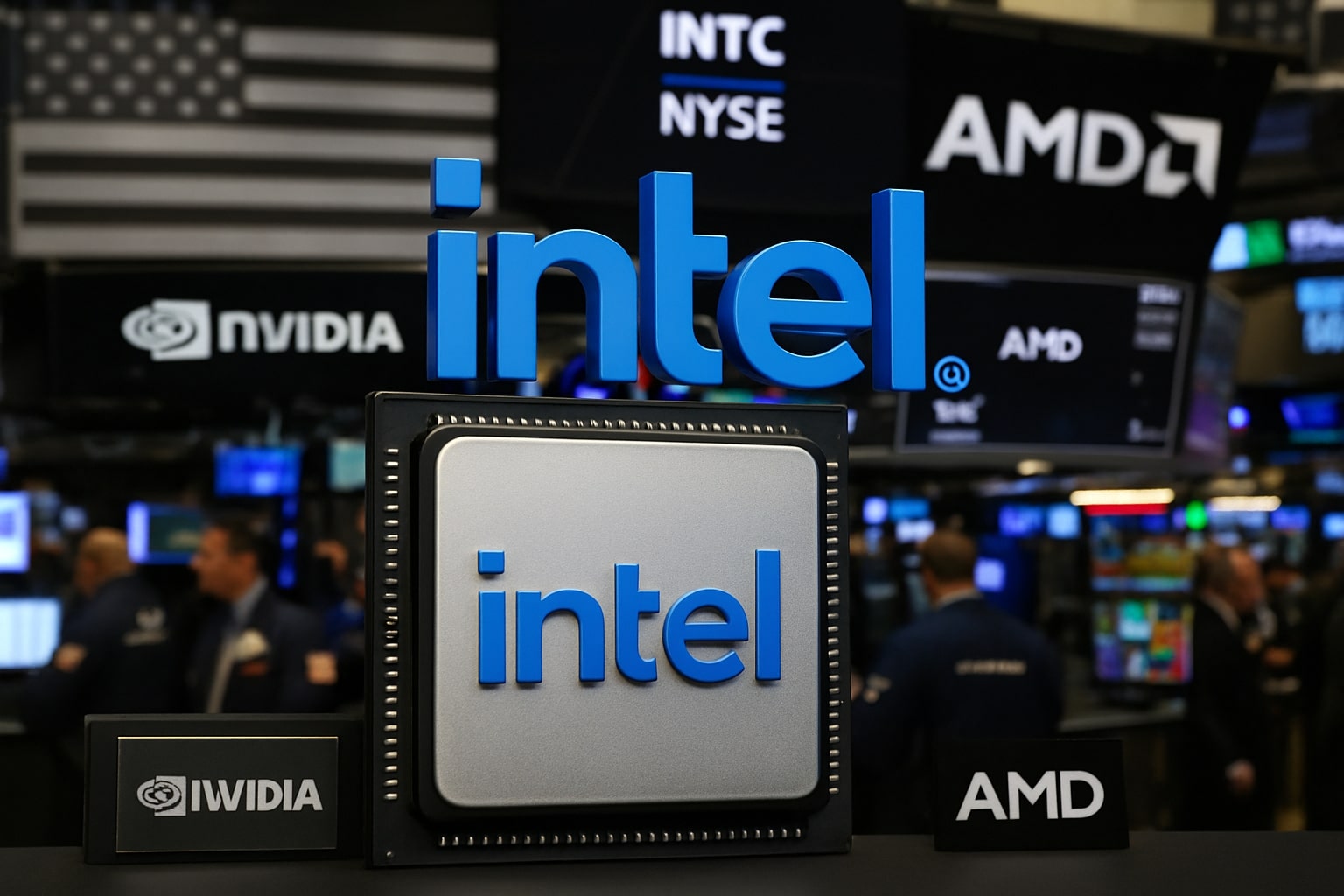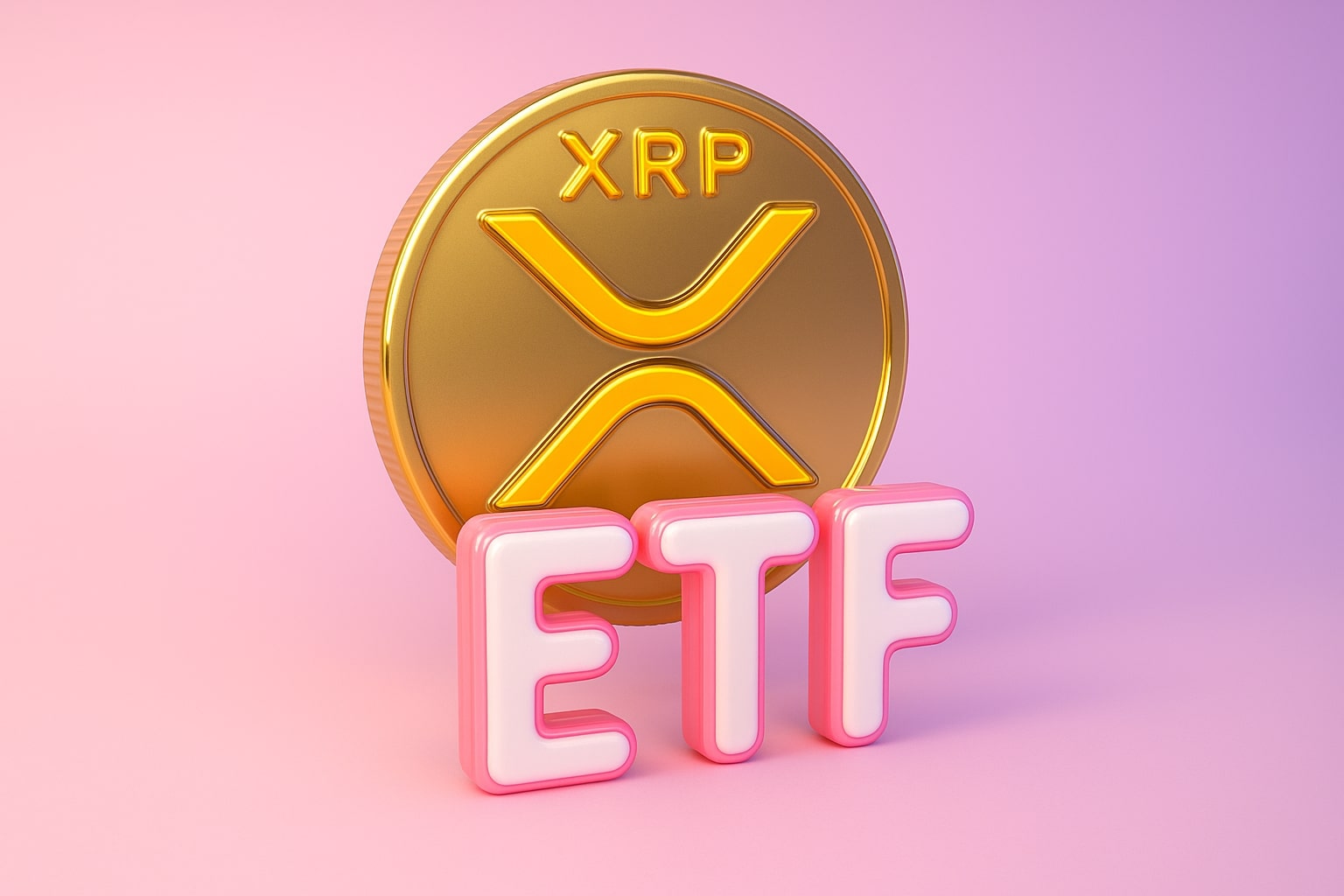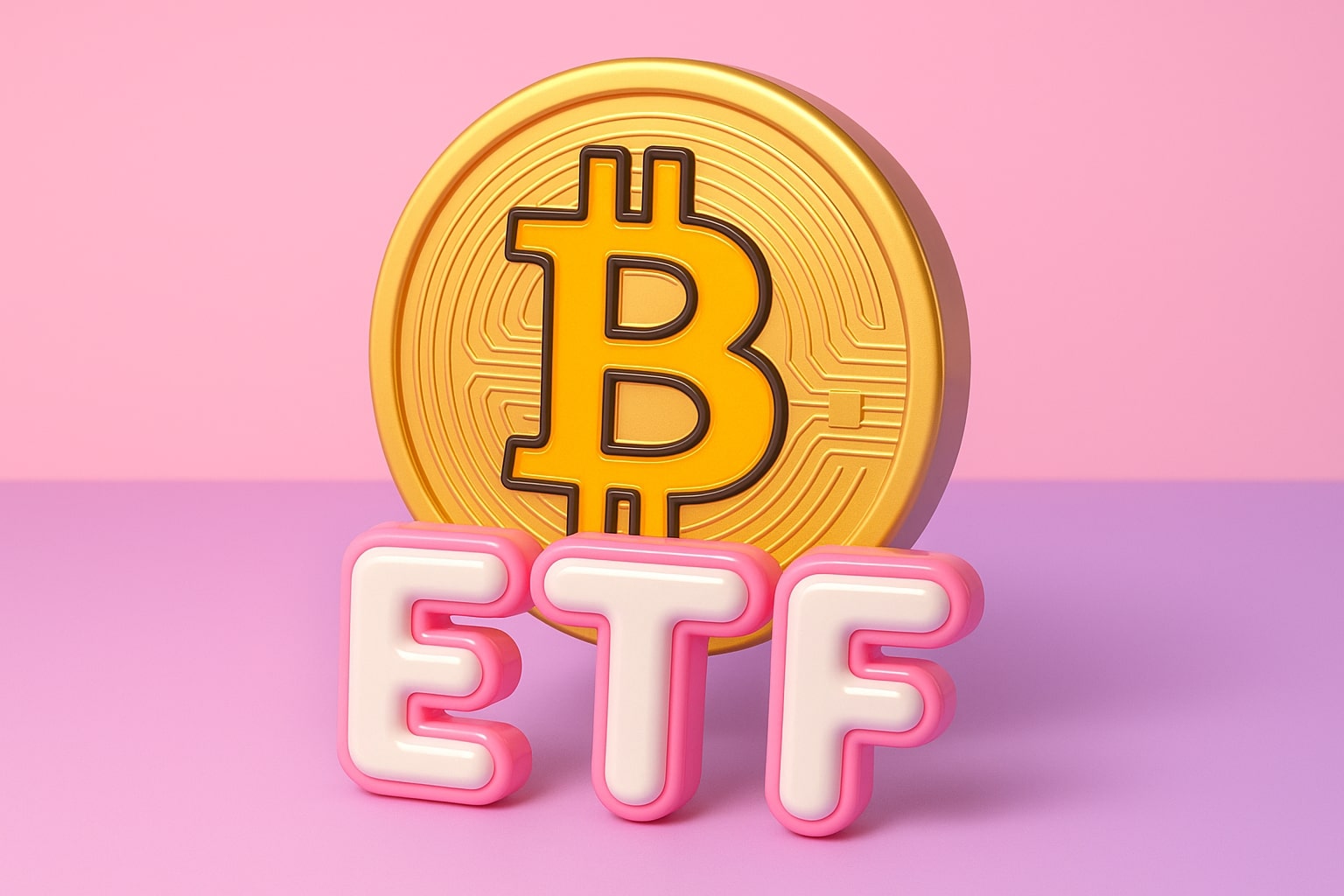Earnings Outlook and Growth Projections
Analysts expect Intel’s Q3 2025 report to show stabilization after quarters of volatility. Consensus forecasts call for $13.1 billion in revenue, slightly below last year’s $13.28 billion, and flat EPS at $0.00, which would still mark a +100% year-over-year improvement from last year’s -$0.46 loss. For FY2025, analysts project $51.98 billion in revenue and $0.12 EPS, rising to $53.67 billion and $0.63 EPS in 2026.
Growth estimates suggest a 191% improvement in 2025 and a 432% jump in 2026, reflecting low-base effects rather than explosive profitability. Intel’s quarterly earnings history, however, remains inconsistent—surprising to the upside twice and missing twice over the last four quarters. In Q2 2025, Intel posted a -$0.10 EPS loss versus expectations of +$0.01, with $12.86 billion in revenue, exposing the ongoing struggle to convert top-line stability into bottom-line recovery.
Competitive Landscape: AI Wars and Capital Inequality
Intel’s turnaround unfolds in the shadow of a hyper-concentrated semiconductor market where NVIDIA (NASDAQ:NVDA) commands a $4.4 trillion market cap, and AMD (NASDAQ:AMD) stands at $383.5 billion. Even smaller players like Arm Holdings (NASDAQ:ARM) and Micron Technology (NASDAQ:MU) have overtaken Intel in momentum and valuation efficiency. Micron’s recent surge—+5.78% to $203.03—was fueled by strong AI memory demand, underscoring how Intel’s lag in next-gen chip delivery leaves it fighting for relevance.
Intel’s foundry strategy aims to bridge that gap. The company plans to produce 18A and Panther Lake chips in-house, targeting both internal and external customers. The success of this initiative will determine whether Intel can reposition itself alongside TSMC (NYSE:TSM) and Samsung in contract manufacturing. The challenge remains execution speed: TSMC’s $1.55 trillion valuation reflects its manufacturing leadership and efficiency advantage, while Intel’s process delays continue to test investor patience.
Shareholder Reaction and Insider Dynamics
Investor sentiment remains conflicted. Institutional ownership stands at 65.2%, while insider holdings are negligible at 0.08%, reflecting limited insider alignment. Short interest remains modest at 2.56% of float, down from 2.8% last quarter, suggesting investors are not heavily betting against Intel’s survival.
The wave of government, SoftBank, and NVIDIA investments has temporarily reignited retail enthusiasm. Trading volumes surged to 38.8 million shares daily, far below the 123.7 million average, suggesting volatility is tapering after the August-September euphoria. Insider activity, available via Intel Insider Transactions, will be closely watched following the Q3 announcement to gauge internal confidence.
Risk Factors and Structural Concerns
Intel’s SEC filings enumerate eight newly disclosed risk factors tied to the U.S. government’s ownership. Chief among them is the uncertainty surrounding political, legal, and reputational consequences of government equity participation—an unprecedented move in U.S. corporate history. There is also the possibility of litigation from shareholders or competitors citing unfair advantages. Additionally, the timing of the $8.9 billion disbursement remains fluid, with no strict deadline for full transfer.
The transaction introduces complexity to Intel’s governance structure, particularly if the government exercises its attached warrants. That could lead to further dilution, potentially reducing existing shareholders’ claim on profits by another 3–5%. Investors are also weighing the optics: state-backed equity raises blur the lines between private enterprise and public intervention, creating both political exposure and strategic dependencies.
Technical Analysis and Market Positioning
From a technical perspective, INTC trades near its 52-week high of $39.65, with support at $36.80 and resistance near $40.00. The 50-day moving average at $28.08 and 200-day moving average at $23.07 confirm a sustained uptrend. The RSI near 63 indicates moderate bullish momentum without overbought conditions, suggesting potential for further gains if earnings meet expectations.
However, a post-earnings selloff risk looms large. Historically, Intel’s shares have dropped in the two weeks following earnings in five of the last six quarters. The market’s lofty expectations—priced into a forward P/E of 56.5x—leave little margin for disappointment.
Verdict: Buy Bias with High Volatility — Execution Is Everything
Intel’s transformation under CEO Pat Gelsinger represents both a comeback gamble and a financial tightrope. The company’s ability to balance massive dilution, negative margins, and the AI narrative will determine whether it evolves into a lean foundry powerhouse or remains a legacy laggard in a trillion-dollar industry.
The upcoming Q3 earnings on October 23 will act as a stress test for investor conviction. If Intel reports sequential EPS stability and signals progress in 18A node readiness or foundry customer onboarding, the rally could extend toward $40–$43, validating its near-term bull case. Conversely, weak guidance or further delays could trigger a correction back toward $32–$33.
Based on current momentum, sovereign backing, and early AI re-entry signals, the stance remains Buy with high volatility, contingent on proof of operational turnaround in 2026. Intel is no longer the safe dividend giant it once was—but it may once again become the most strategic semiconductor company in the Western world if its execution matches its ambition.



















